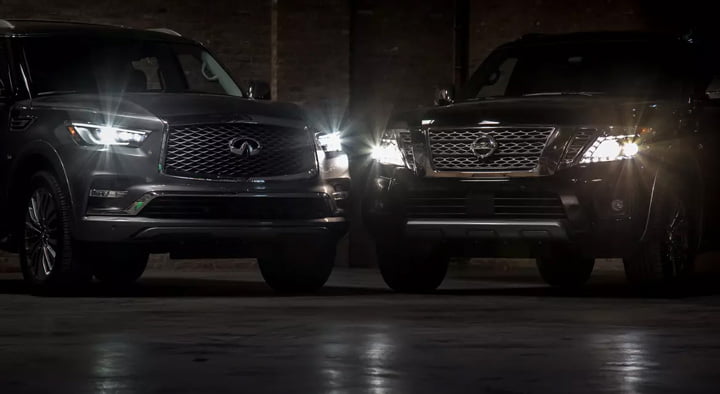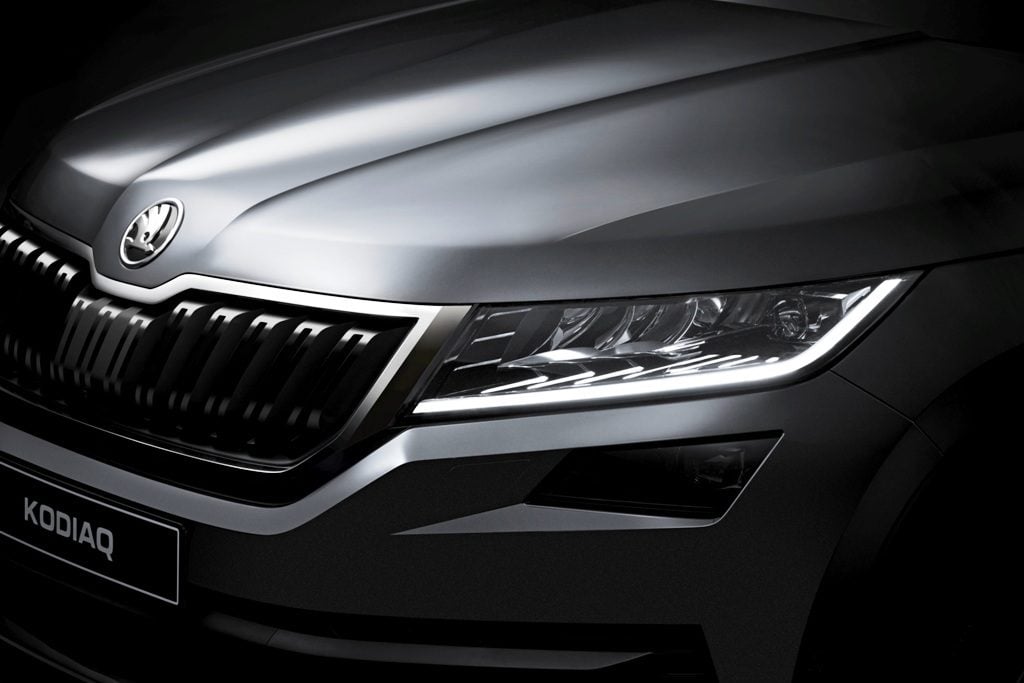LED lights are widely considered the best choice for most homes and now you can use them as your car’s headlights as well. Let’s see how efficient they are in comparison to halogen lights. Read more to find about Are LED Headlights Better Than Halogen For Driving?

Also read: Hyundai i20 Asta And Sportz Variants With Daytime Running LED Lights
Halogen headlights have been a primary choice for most vehicles and can be found in at least 80% of cars today. Now, customers also have the option to choose LED headlights. While the LED lights are very efficient for home usage, let’s find out how they compare to the Halogen headlights for driving purposes. Just like halogen lights, halogen headlights are the easiest and cheap to manufacture. They work by heating up a filament (small thread or wire made of materials with a very high melting point). They draw electrical power from the car and use halogen gas. On the other hand, the LED (light-emitting diodes) headlights use a small semiconductor called a diode that warms up and emits light. They produce a more natural-looking light while producing a very small amount of heat. There are also extra heat sinks and fans to cool the diode and increase lifespan.
Also read: Kia Sonet HTK+ Variant Features And Highlights Detailed – Video
In terms of output, the halogen light bulbs have a low lighting efficiency of only 2% – 4% which means they emit very small power as light relative to their energy consumption. They are also very hot to the touch. A typical halogen headlight lasts up to 1,000 hours. While the LED headlights offer luminous efficiency between 40 to 50% and can last for up to 20,000 hours (almost 20 times the lifespan of a halogen unit), they cost much more (at least 5 to 10 times) than their halogen counterparts. The LED lights are also bulkier than the halogen ones.
Also read: Halogen vs LED Turn Signal Indicators – Should You Install The LED Units?

On paper, the LED headlights seem like the clear winner. However, the design of the headlight assembly and the reflectors also affect the performance. It is also important how well the headlights are aimed. The distance illuminated by a headlight is also an important factor to take into account. As per the Insurance Institute for Highway Safety, the LED headlights perform better in their tests. However, some halogens have been rated acceptable and some LED headlights as marginal. Additionally, many casual drivers and car lovers do not seem much impressed with LEDs as yet. As per Consumer Reports (an independent nonprofit organization), the LED headlights are “a technology that shows little benefit in our tests.” The new Xenon high-intensity discharge (HID) lights have also become an option. The HID lights are arc lamps that can be bent and arranged in different shapes. However, the HIDs take a few seconds to achieve full brightness and color. They use two electrodes and ionized gas. While their light output is great, they have a shorter lifespan compared to LED headlights.
Also read: Headlights of Next-Gen Mahindra XUV500 Even More Radical than Hyundai Creta!

